

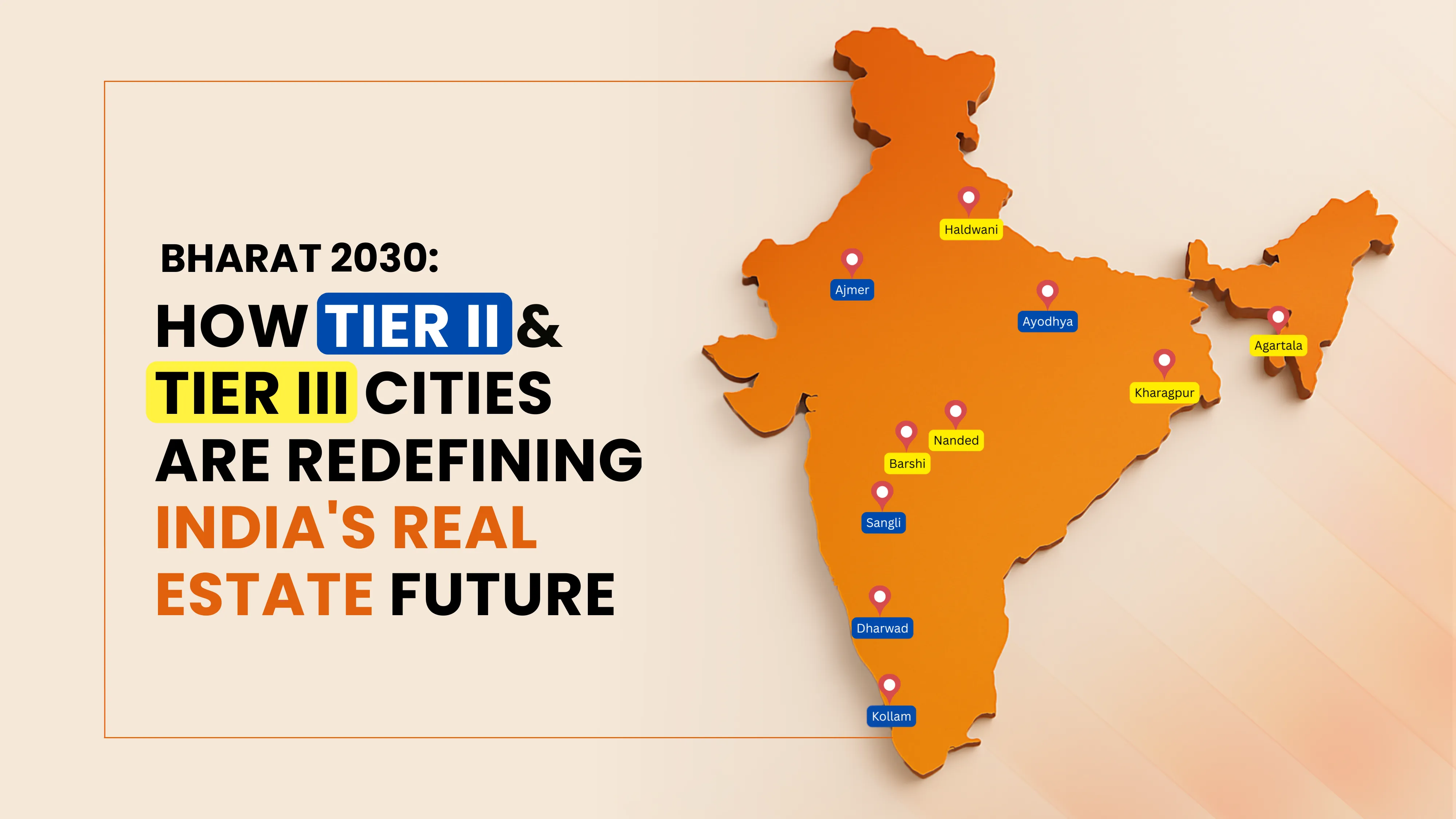
In the heart of India's evolving urban landscape, a quiet revolution is underway. While metropolitan giants like Mumbai, Delhi, and Bengaluru have long dominated the real estate narrative, a new story is emerging, one where Tier-II and Tier-III cities are not just participating but leading the charge.
According to Ashwinder R. Singh, Chairman of the CII Real Estate Committee (North) and Vice Chairman of BCD Group, these cities are poised to shape a ₹10 lakh crore real estate future by 2030.
Cities like Raipur, Salem, Belagavi, Hosur, Jabalpur, Aurangabad, Tirunelveli, Siliguri, Baddi, Udaipur, and Warangal are emerging as the real engines of India's next growth story. Historically overshadowed by their metropolitan counterparts, these cities are now experiencing a renaissance, driven by a combination of infrastructural development, economic opportunities, and a surge in local aspirations.
Tier-III cities such as Ayodhya, Dharwad, Sangli, Haldwani, Ajmer, Barshi, Kharagpur, Nanded, Agartala, and Kollam are also stepping into the spotlight, building the next ₹10 lakh crore of India's real estate economy.
Infrastructure development is at the core of this transformation. Expressways, regional airports, railways, and metro lines are laying the groundwork for expansion, making these cities more accessible and attractive for investment. For instance, the Uttar Pradesh government's initiative to invest ₹20,000 to ₹35,000 crore in cities like Kanpur, Meerut, and Mathura over the next five years aims to elevate them to new standards of urban advancement.
National programs like the PM Gati Shakti Master Plan and the Atal Mission for Rejuvenation and Urban Transformation (AMRUT) further underscore the government's commitment to enhancing infrastructure in these regions.
Several factors contribute to the growing prominence of Tier-II and Tier-III cities:
For developers, entering these markets early can be advantageous. Focusing on plotted developments, affordable housing, and township models, while partnering with local players and ensuring timely delivery, can build trust and value.
Investors are encouraged to look beyond traditional markets, identifying locations where infrastructure aligns with policy intent, signaled by upcoming highways, rail links, and institutional projects.
Policymakers can facilitate this growth by continuing to invest in infrastructure, streamlining approval processes, and supporting initiatives that enhance the quality of life in these cities.
The narrative of India's real estate sector is being rewritten. Tier-II and Tier-III cities are no longer peripheral players but are central to the country's urban and economic future. As these cities continue to evolve, they offer a compelling proposition for developers, investors, and policymakers alike, promising a more inclusive and diversified growth trajectory for India's real estate landscape.


.webp)

.webp)







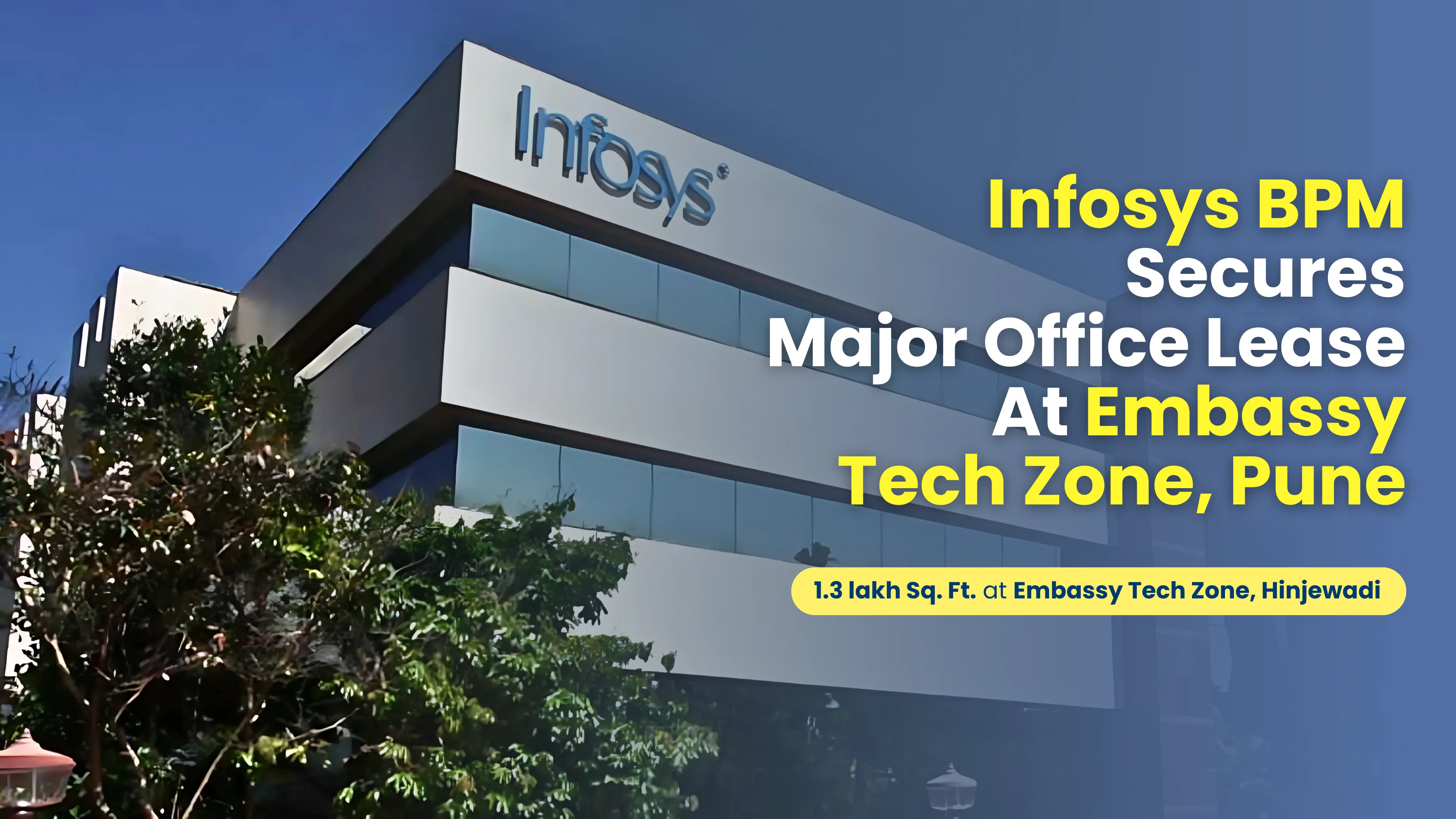
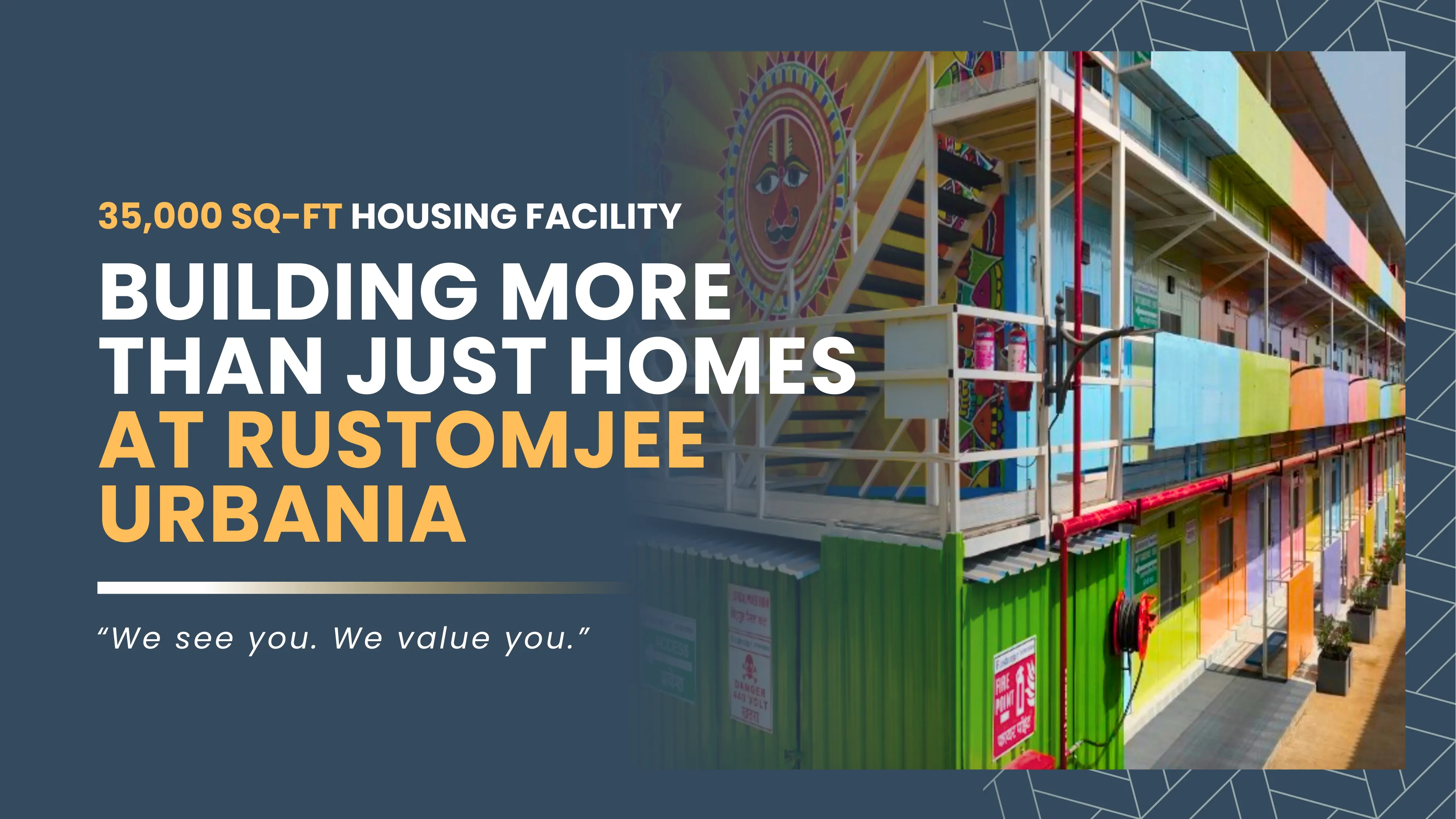
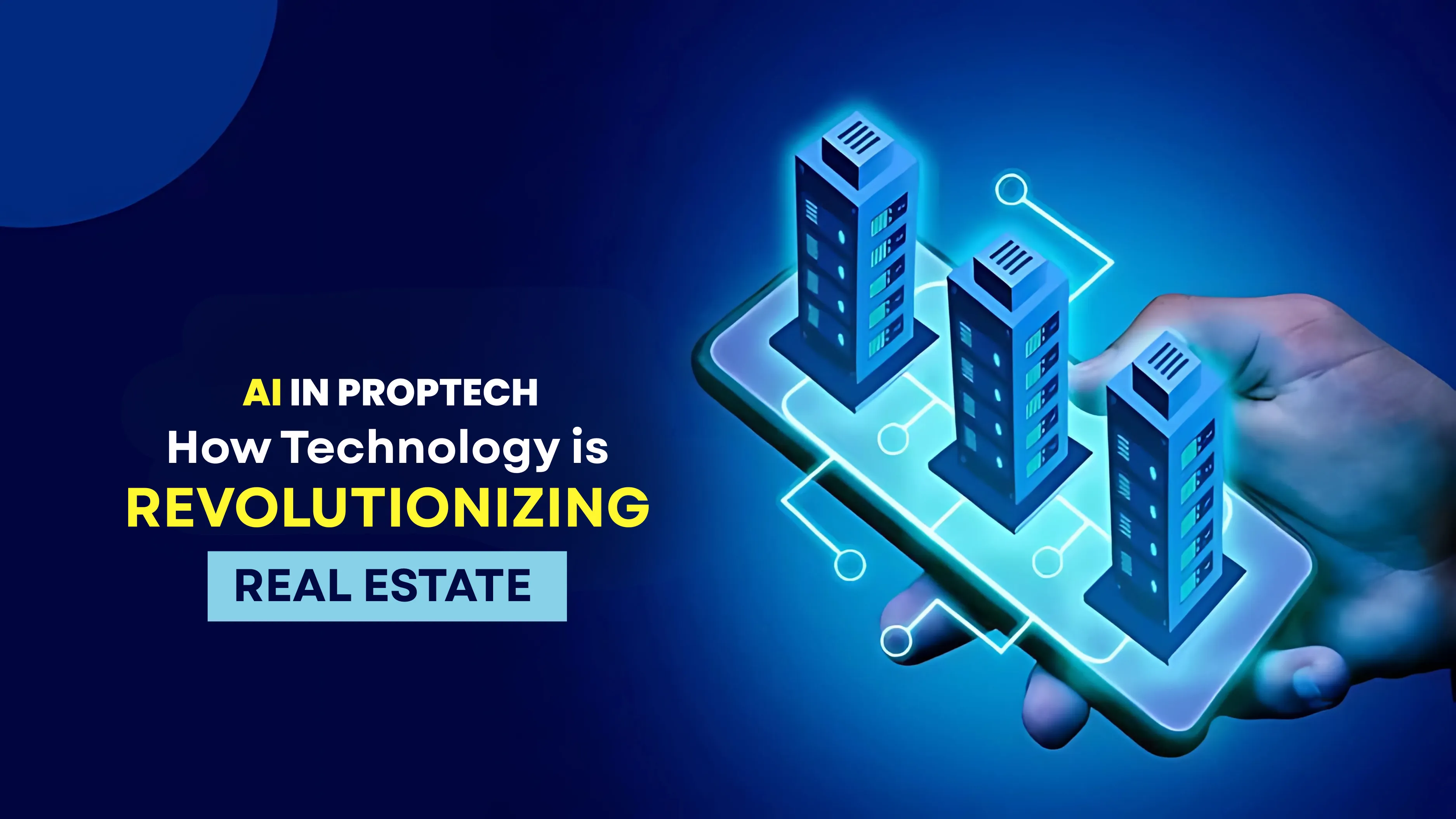
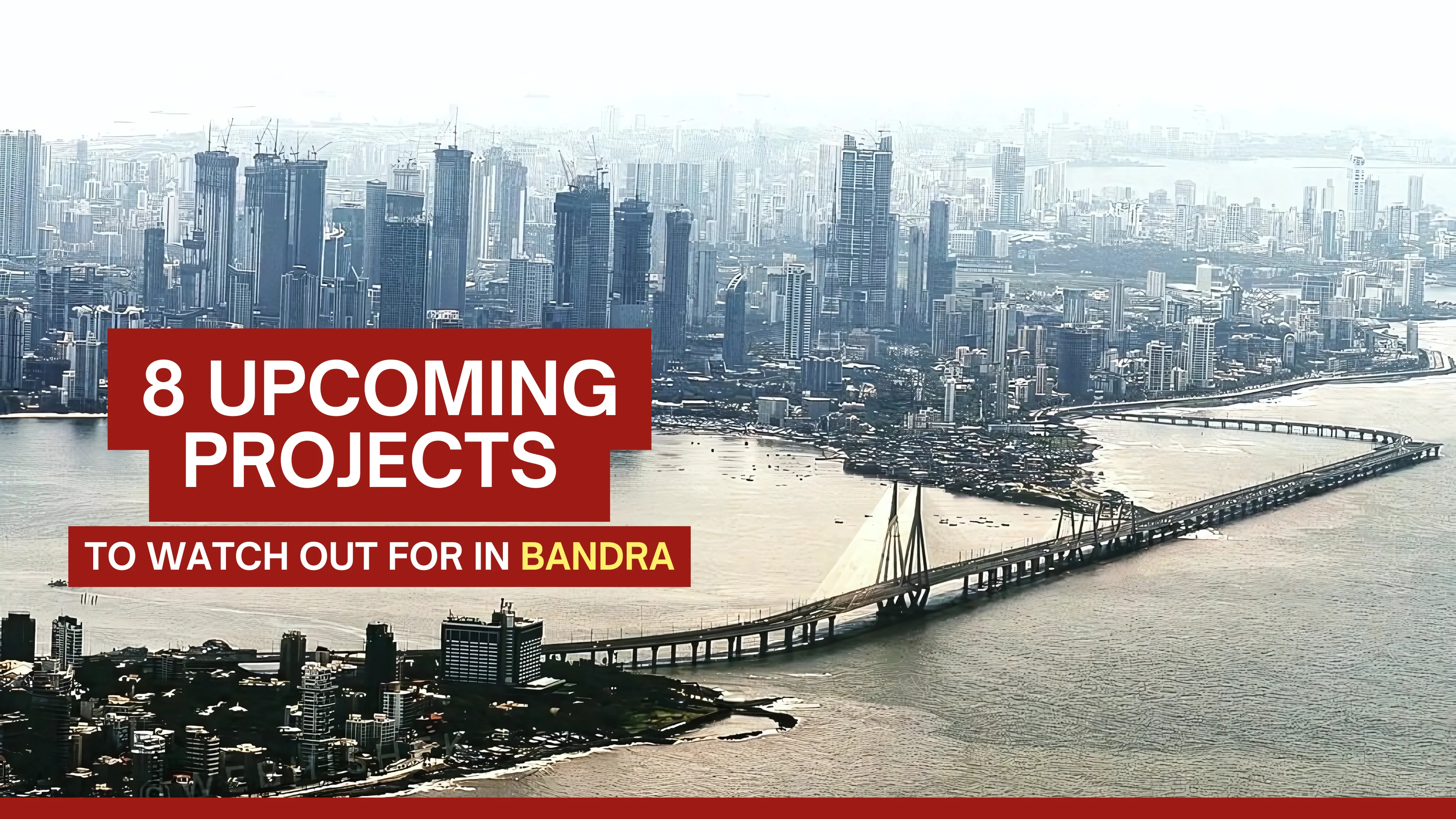






.webp)






